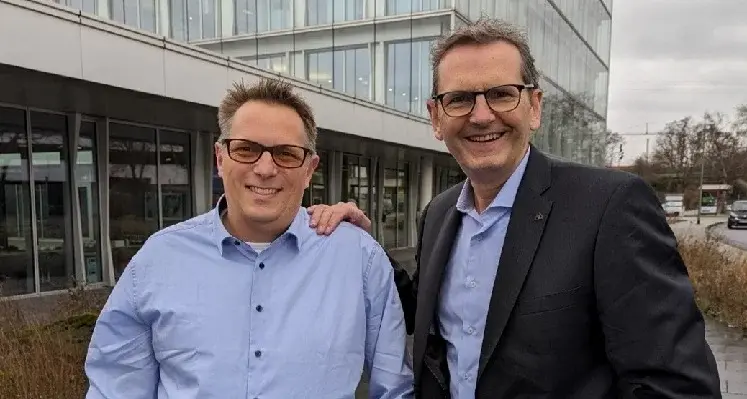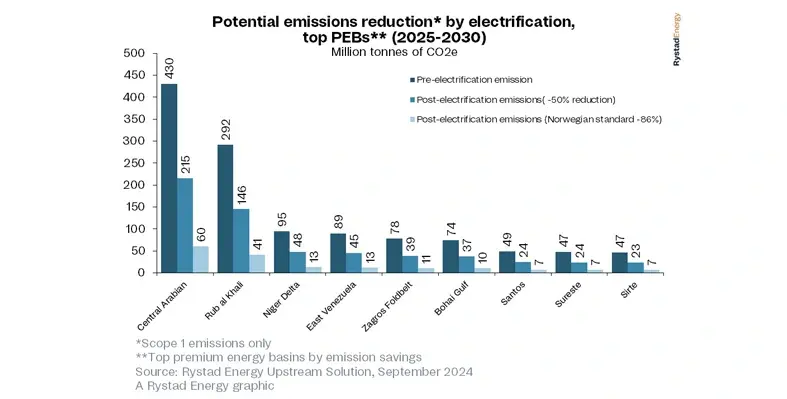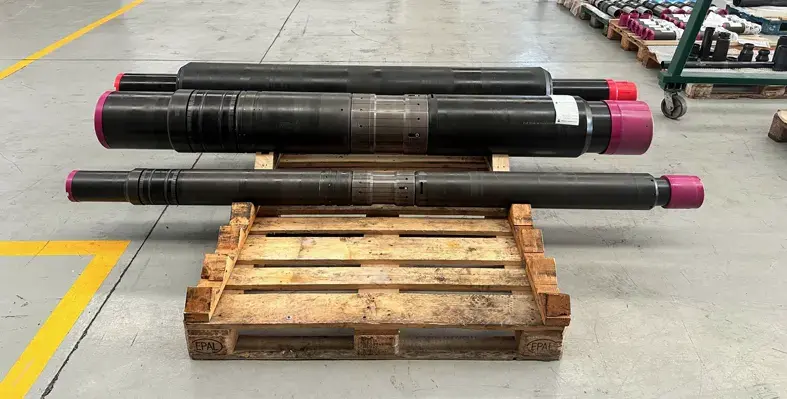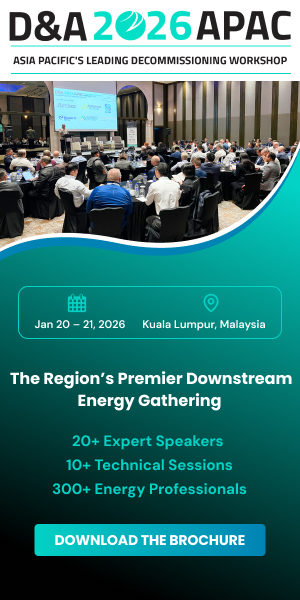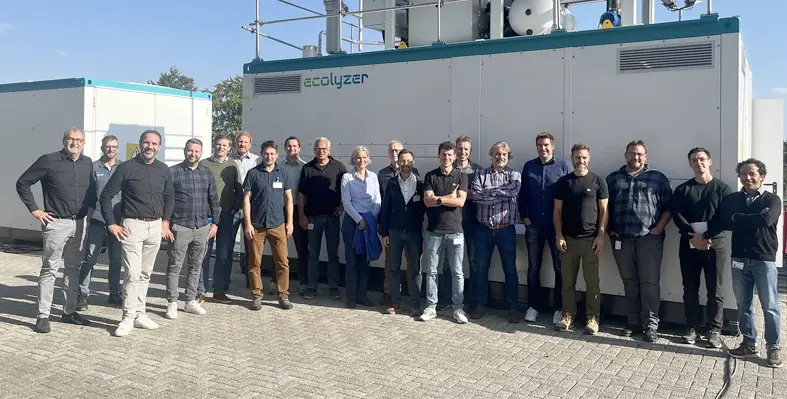
ZSW and Ecoclean employees jointly celebrated the commissioning of the first EcoLyzer. (Image source: Ecoclean GmbH)
The Zentrum für Sonnenenergie- und Wasserstoffforschung Baden-Württemberg (Centre for Solar Energy and Hydrogen Research Baden-Württemberg) and Ecoclean GmbH have brought the first production-ready EcoLyzer electrolyser into operation for green hydrogen production
The P200, which consists of two modular units and has an output of one megawatt, for the production of around 200 Nm³/h of hydrogen, is based on a modular system concept that the partners developed together as part of the "EcoLyzer BW" joint project, the aim of which was to develop an internationally competitive electrolysis system for the series production of green hydrogen. The modular concept enables the cost-efficient construction of plants with a system output of 1 to 20 MW close to the energy source.
"We had our first contact with the ZSW and hydrogen around three years ago and today we are producing the first green hydrogen with the P200," said Manfred Hermanns, director Sales & Customer Services at Ecoclean GmbH. "The collaboration with the ZSW helped us enormously to develop a product ready for series production and put it into operation in such a short time."
After the remaining test phase of the EcoLyzer, it will be delivered to the Rheinisch-Westfälische Technische Hochschule (RWTH) Aachen, where it will produce green hydrogen for the Chair of Thermodynamics of Mobile Energy Conversion Systems (TME).
Efficient hydrogen production
Technologically, the EcoLyzers are based on a system technology for alkaline pressure electrolysis developed and optimised by ZSW over the last 10 years. In contrast to other electrolysis processes, this technology for efficient hydrogen production does not require any resource-critical raw materials such as precious metals and rare earths. In addition, it can be easily scaled up to higher performance classes and is characterised by low-maintenance operation.
Parallel to the development of the electrolysis system, the machine and plant manufacturer has built up production capacities for the series production of electrolysers, which are already available on the market. In the first stage, production is designed for an output of 200 MW per year and can easily be doubled depending on market developments. The modular design enables cost-effective production of the electrolysers with comparatively short delivery times. They can be easily adapted to different applications in the areas of mobility, industry, energy and neighbourhood supply for on-site hydrogen production.






